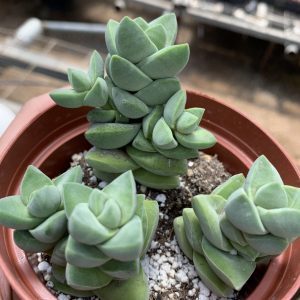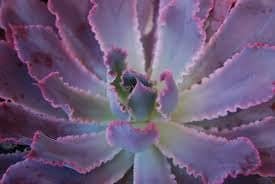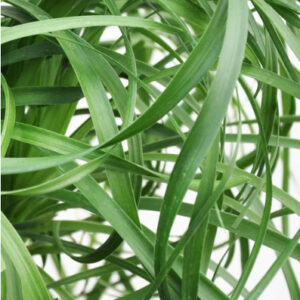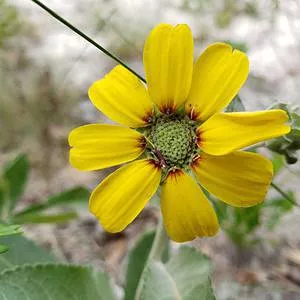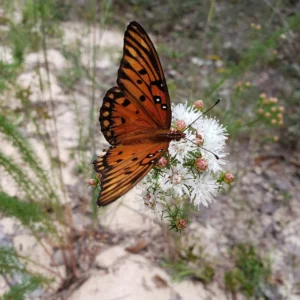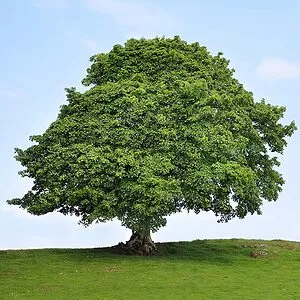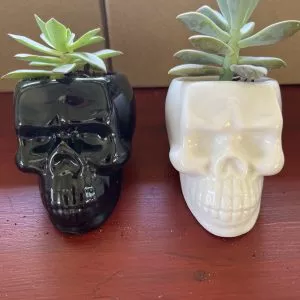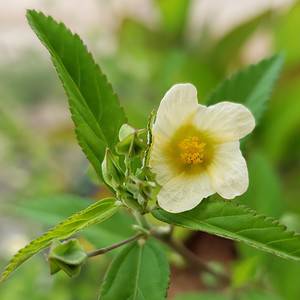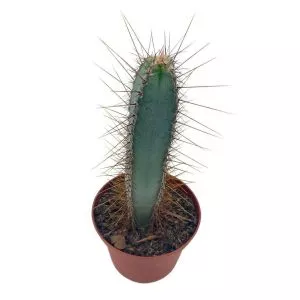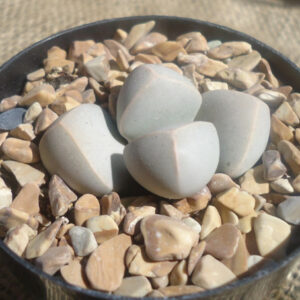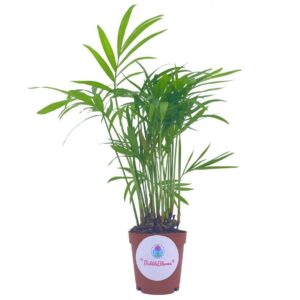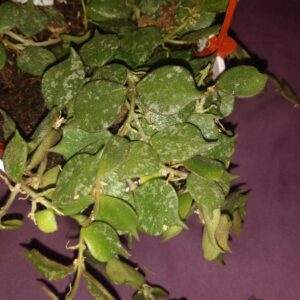No products in the cart.
Table of Contents
Bring a touch of urban, jungle vibe indoors with the Yucca Elephantipes plant. Yucca gigantea goes by many names, from Yucca plants to Giant Yucca and Spineless Yucca. This will definitely transform your traditional indoor plants into a tropical oasis look.

What are Yucca Plants?
Yucca plants can grow their maximum height when grown outdoors, just like in their natural habitat. Some species of yucca plants such as the Spanish bayonet are planted outdoors due to their razor-sharp knife leaves that can slice your skin when brushing past them.
Other yucca species are treated as indoor plants for their massive length that can transform a dull space into a spectacular work of art.
The Spineless Yucca has straight, angular edges fitting for any modern home. Although it has a pointed end, it’s not as sharp as the Spanish bayonet yucca.
Even the bare bark cats will love to use it as a scratching post. It looks like a miniature palm tree or even a Dragon Tree to some extent. It has arching leathery leaves that turn yellow and fall off.
But the old leaves are replaced with new top growth as it increases height. The main attraction is the exposed trunk, but it can lose its appeal to look leggy, and best to provide it with a sizable pot to prevent this.
Even smaller plants suit most home styles and fit in with the most decor. The Yucca plants originate from the Caribbean and North America. It is a herbaceous perennial with creamy to white flowers.
Yucca Plant Care
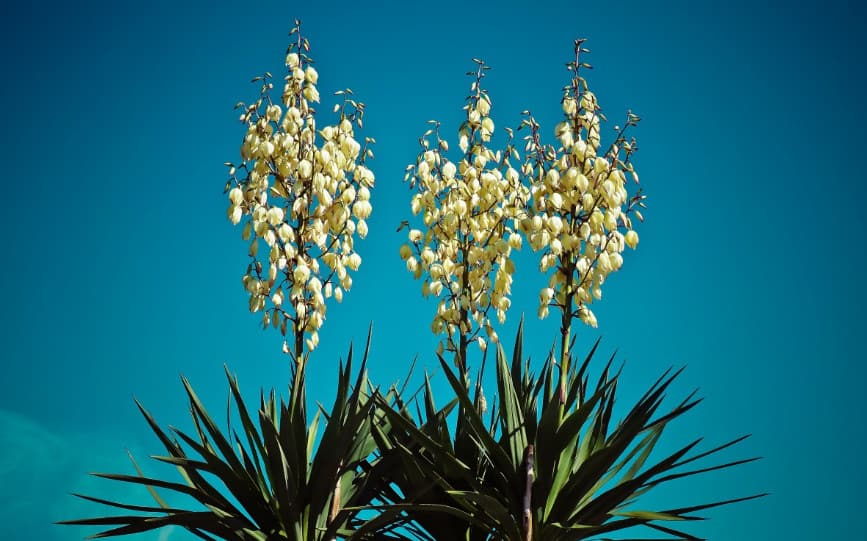
The Spineless Yucca is not too difficult to care for and can flourish on some neglect. So, with some bright light in a corner with low humidity and not too much water, this plant thrives.
Right Soil Mix for Your Spineless Yucca
Yucca Elephantipes is not picky about its soil. The important thing is to provide them with enough drainage holes in the pot. Using soil with a pH level between six and seven gives you the best results. Enrich it with some perlite and coarse sand for an ideal potting soil. Doing this provides drainage for the indoor Yucca plant.
Ideal Amount of Light
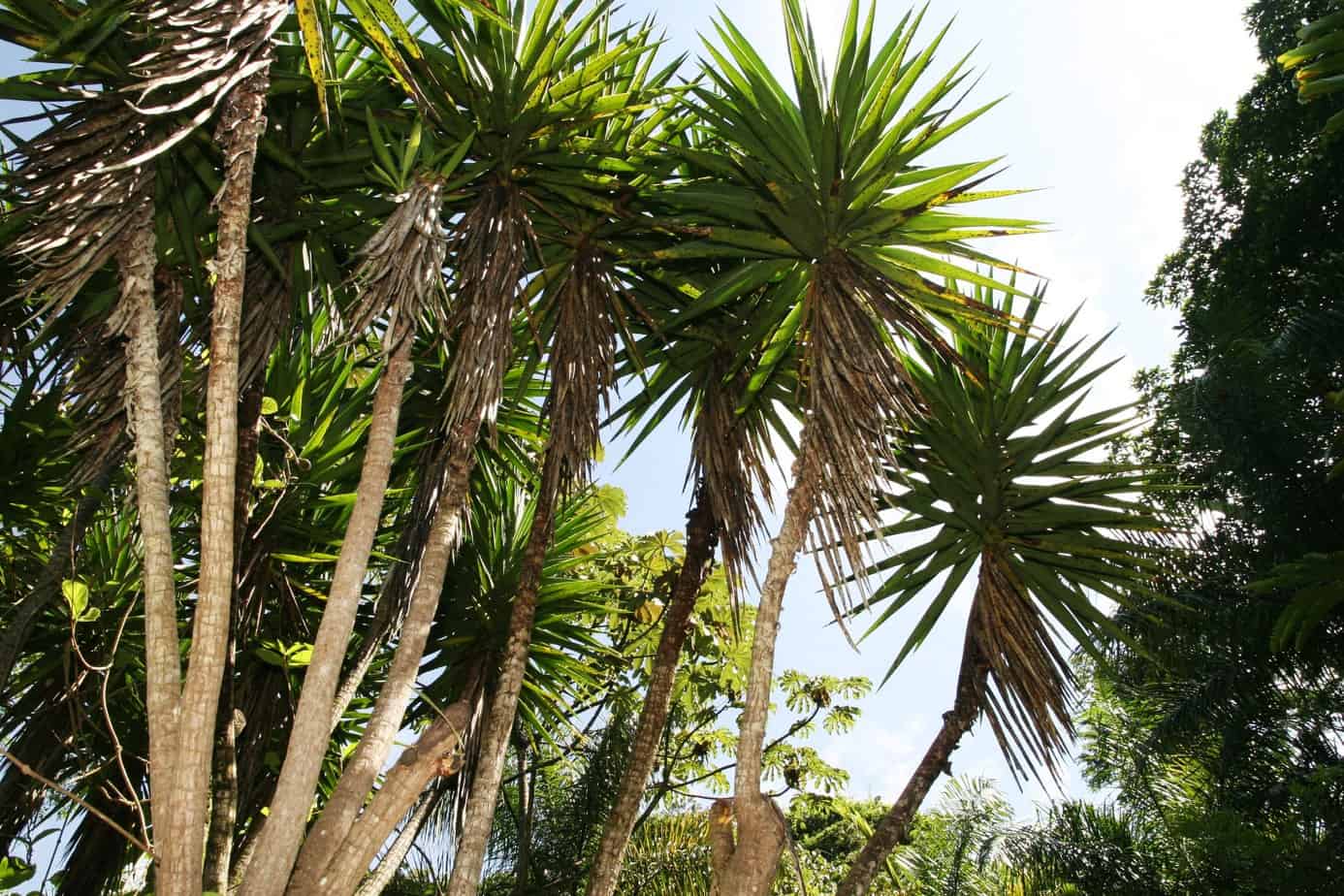
For your Yucca plants getting the right amount of light is essential. Your Spineless Yucca thrives in bright indirect light. Still, it can tolerate some direct sun but not too little light.
In stock In stock In stock In stock
Free Shipping
$32.96 – $54.96
Sold By:
CZ Grain
Bur Oak Tree Seedlings to Plant
Rated 4.60 out of 5 based on 156 customer ratings00
Sold By:
CZ Grain
$10.00
Sold By:
Cacti and Exotica
Crassula Moonglow
Only 6 available and it’s in 3 people’s basket Rated 4.98 out of 5 based on 59 customer ratings00
Sold By:
Cacti and Exotica
$11.99
Sold By:
Succulent Oasis
Medium Succulent Plant – Echeveria Neon Breakers
Rated 4.84 out of 5 based on 352 customer ratings04
Sold By:
Succulent Oasis
$44.99
Sold By:
Carlo's Plant Farm
Ponytail Palm – 4 inch pot | Carlo`s Plant Farm
Rated 5.00 out of 5 based on 22 customer ratings00
Sold By:
Carlo's Plant Farm
Watering your Yucca Elephantipes
Yucca plants prefer it when you keep the soil moist but not soggy. In the growing season, it helps to water your palms well. But ensure that the water drains freely through the holes after watering.
It also helps to remove the excess water or the roots become damaged. Before you water your plant check the top layer of the soil to see if it is dry. After deep watering, it can take up to three days or longer before it needs water again.
Furthermore, you need to consider the type of soil mix, size of the pot, environment, and the size of your tree. During the resting period in colder months, you can adjust your water schedule to less. We recommend keeping the soil moist, but you can water your plant less as the temperatures drop.
Temperature & Humidity for Your Desert Plants
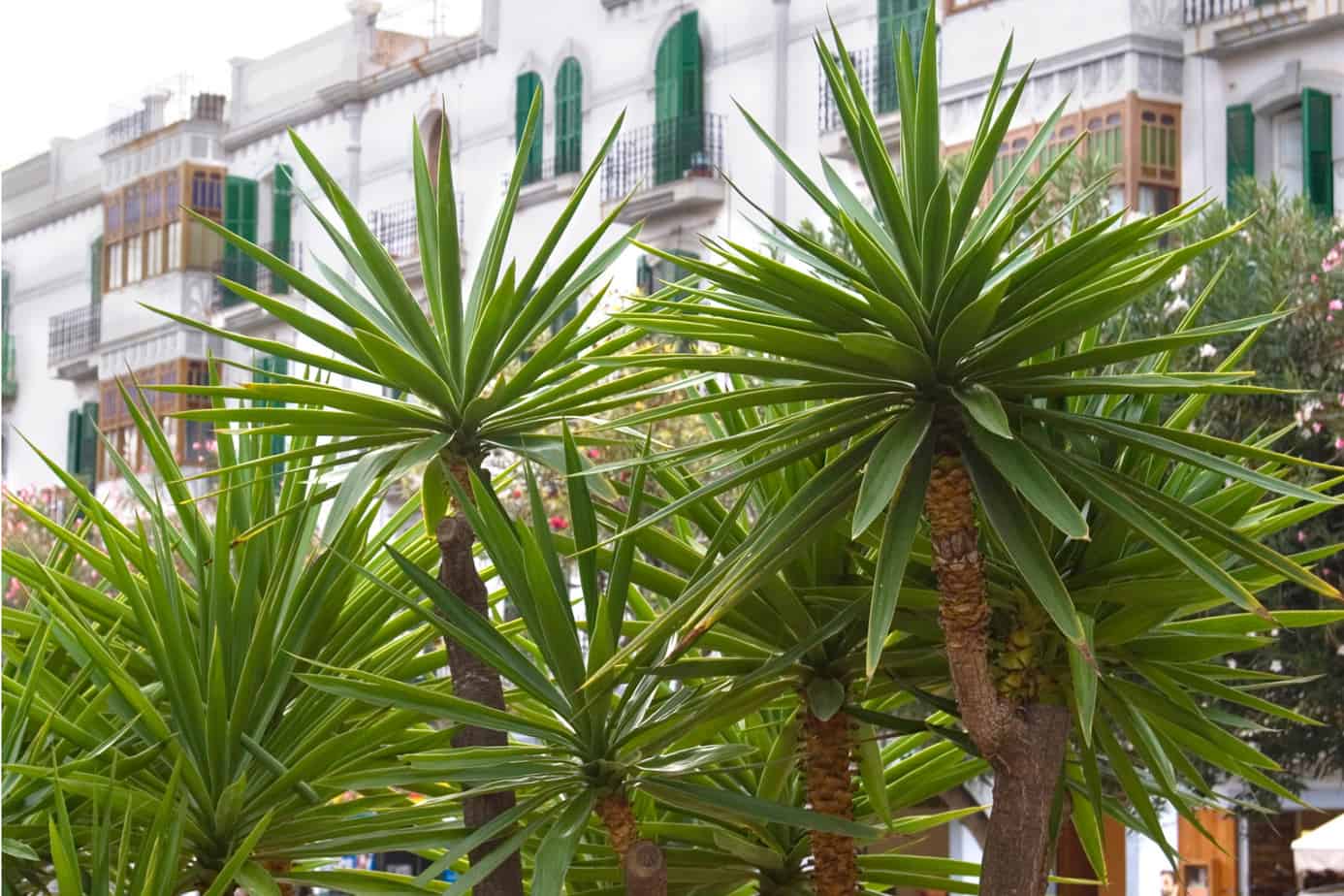
This tropical Elephantipes is not fussy about temperatures and can tolerate between 70°F to 80°F. Neither does your Yucca plant need a high level of humidity. The evergreen shrub does well at average room temperature and humidity.
Still, in the winter months, take extra care to provide your palm with not too low humidity. If the moisture levels are low, it can lead to attacks from pests, or it can dry out the leaf of your plant.
In stock In stock In stock In stock (can be backordered)
Free Shipping
$8.00
Sold By:
Chill Hill Farms
Soft Greeneyes | 25+ Seeds | Chocolate Daisy | FL Native
Sold By:
Chill Hill Farms
Free Shipping
$2.50 – $8.00
Sold By:
Chill Hill Farms
Summer Farewell | 15-100+ Seeds | Dalea pinnata | Florida Native Wildflower | Butterfly & Bumble Bee
Sold By:
Chill Hill Farms
Free Shipping
$29.96 – $42.96
Sold By:
CZ Grain
Sycamore Tree Seedlings for Planting 1-2 Feet Tall Live Tree Plan
Rated 4.60 out of 5 based on 156 customer ratings00
Sold By:
CZ Grain
Free Shipping
$17.00
Sold By:
Gar-Zen Botanical Design
Purslane “Morning Star” Edible Organic Herb Ships Free.
Only 19 available and it’s in 1 people’s basket Rated 4.86 out of 5 based on 49 customer ratings00
Sold By:
Gar-Zen Botanical Design
Growing Yucca Elephantipes
The plant’s growth slows down indoors, but when kept outdoors, it is used as a landscaping element. It can grow up to 30-feet tall, and the spiky leaves can reach up to 4-feet. Still, indoors it can reach a height of 10-feet under the right conditions. So, you will need to do regular pruning to keep it small.
Neither is regular re-potting needed, and you should be able to do it every two years. It is a top-heavy plant and requires a deep container to thrive. The best time to re-pot your plant is from spring to summer.
When the Yucca grows as an outdoor plant, it will flower but rarely flowers indoors.
How to Fertilize Yucca Elephantipes?
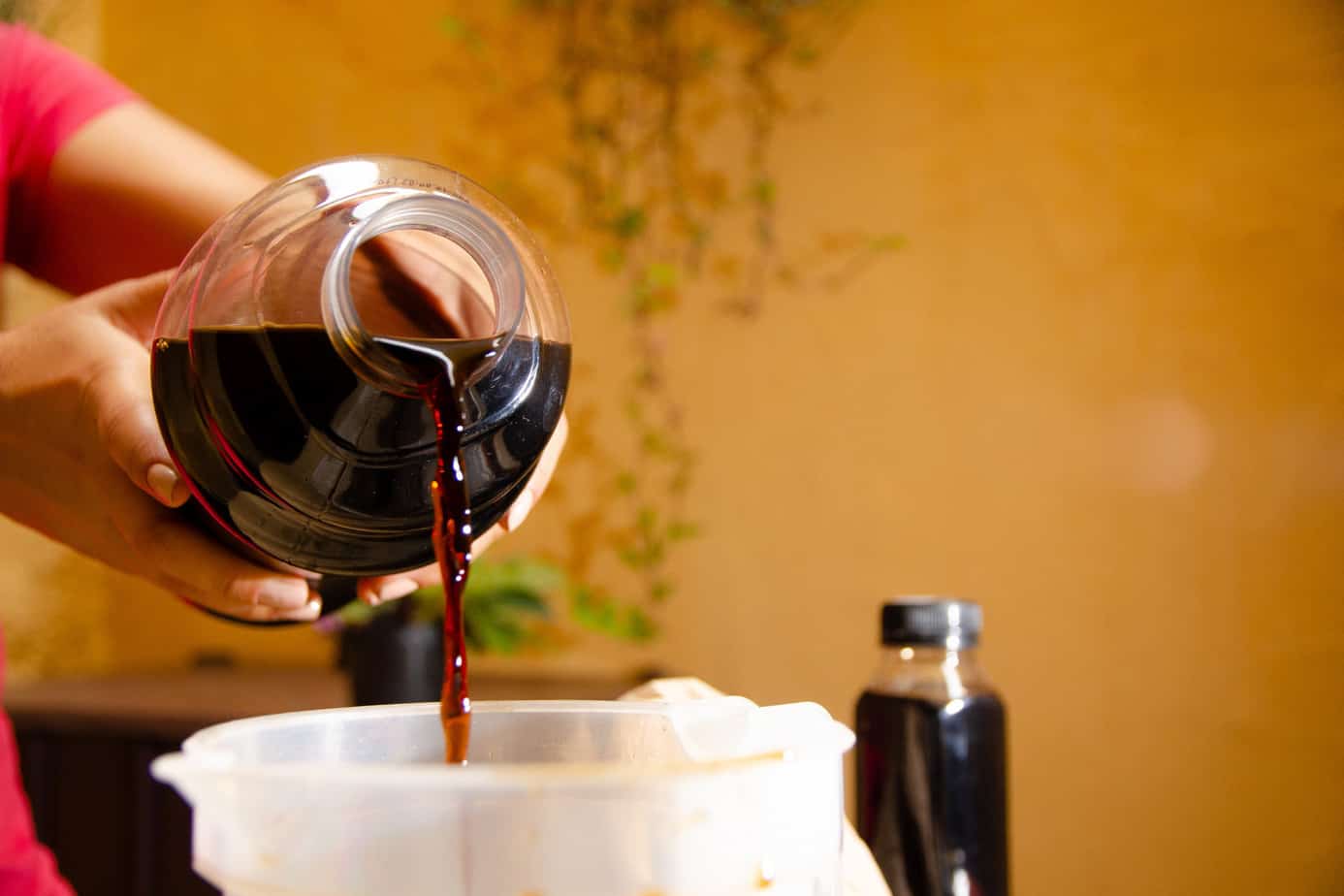
You can feed your Yucca plants a liquid fertilizer during the growing season. When your plant rests in winter, there is no need for feeding. You need not feed your Spineless Yucca in the first year of cultivating young plants and after re-potting. The best is to feed your plant less than over-fertilizing.
Propagating Yucca Elephantipes
You have three methods to propagate Yucca Elephantipes. The first is using seeds, or you can use stem cuttings or re-pot the offshoots found around the stems. The easiest way for propagating Yucca is by planting the offshoots. Even using the stem cuttings is fun and easy as you will be pruning your plant anyways.
Stem Cuttings
Take a sterile sharp knife to cut some stems from the mother plant with dark brown colored stems.
Remove the bottom leaves and leave them to air-dry for two hours.
Fill a new pot with vermiculite and provide a container for each cutting you make.
Remember to water your babies often and leave them to root for up to four weeks.
When the root system is large enough, you can transplant them into a new container with fresh soil mix—water well and care for your plant as usual.
As a side note, when the mother plant grows new buds at the cutting location, you may need to re-pot the parent plant as well.
In stock In stock In stock In stock
$15.00
Sold By:
Grow with Sass
Skull pot with succulent
Rated 5.00 out of 5 based on 19 customer ratings00
Sold By:
Grow with Sass
Free Shipping
$3.50 – $8.00
Sold By:
Chill Hill Farms
Fanpetal | Wireweed | Sida Ulmifolia | FL Native
Sold By:
Chill Hill Farms
$14.99
Sold By:
BubbleBlooms
Blue Column Cactus
Rated 4.81 out of 5 based on 279 customer ratings00
Sold By:
BubbleBlooms
$24.99
Sold By:
BubbleBlooms
String of Hearts, Ceropegia woodii, very filled in a 4 inch pot
Rated 4.81 out of 5 based on 279 customer ratings00
Sold By:
BubbleBlooms
Growing From Seeds
To make new plants using seeds from the mother plant is a great way to do this. The only thing is it does take some time, up to two months and more.
Place the specimen, plant seeds in some lukewarm water, and leave it there for the day.
Next, place the seed in a seedling soil of coconut fiber for the best results and cover them slightly.
Take a water spray bottle and water them, and keep them moist.
Leave the seeds to germinate until you see new plants growing.
Once your Giant Yucca reaches a height of six inches, transplant them into fresh soil.
Yucca Elephantipes Varieties
While the Yucca Elephantipes is one great indoor plant, there are other varieties you can grow in the garden, as seen here:
Spanish Bayonet

We already spoke about the Yucca aloifolia not being one of the best indoor plants. But grown outside, it has a classic look with rounded rosettes growing on top of the stems. When it flowers, it displays white flowers, but you can find them in purple.
Soaptree Yucca Plants
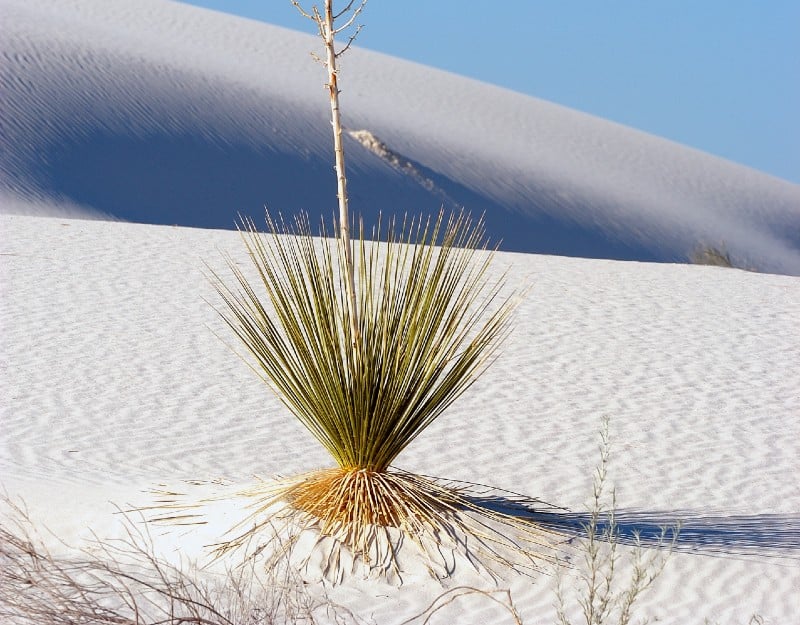
The Yucca elata is an unusual plant that starts as a ball with thin needles. As it grows very close to the ground, the leaves dry out to become fur from the stem looking like a palm trunk. It is a slow-growing tree and produces white with green or pink stalks in spring.
Our Lord’s Candle
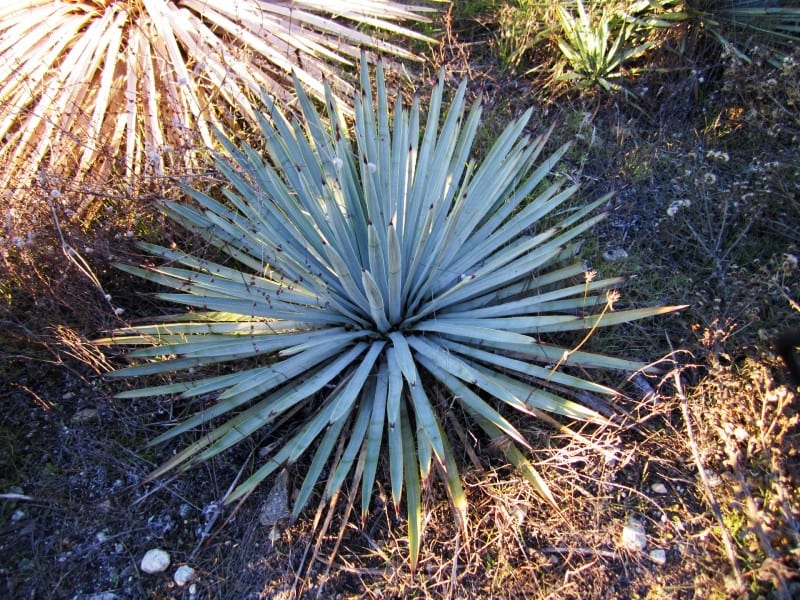
The Yucca whipplei is one unique narrow plant with bluish-gray needles and pointed tips. The leaf tips change color with the light. The flowers grow on long stalks in summer, and the blooms have a strong sweet scent in a cream color with a purple hue.
Yucca Elephantipes Diseases and Pests
Your Yucca Cane is quite a pest-resistant plant. Still, nobody is perfect, and you might find black weevil, mealybugs, or scales on them. The Yucca Elephantipes is reasonably disease-free, but root rot is a common problem from overwatering. Here are some visible signs to show that your plant is struggling:
Yellowing leaves are typical and can be from over or under watering your plant. We recommend adjusting your watering schedule and removing the discolored leaves.
Stunted growth can happen with this fast-growing plant. It can signify that your plant is in too little light and needs a brighter spot to stand.
If the leaves look droopy, they might not be getting enough sunlight.
Leaf spots can result from watering your plant with tap water with a lot of lime. If the leaf has brown or black spots, it might be fungi or bacteria.
Frequently Asked Questions
Yes, the Yucca Cane is a great indoor plant to have. It can take direct sunlight but grows well in bright indirect light. It does not need a lot of water or too much fertilizer.
Yes, the Yucca plant is an outdoor plant that grows well indoors. The care needs are the same indoors and outside. It is a low-maintenance plant that can handle some neglect.
Yucca is not only a stylish plant, but it can clean the air of impurities as well. So you can breathe easier with one of them standing in your home.
You can get the Yucca plant at your local garden center or find one online. The good news is you can see this excellent plant here at Plantly to deliver to your door.
Whether you want to buy, sell or simply reach out to other plant enthusiasts, Plantly is the right place to be!
In stock In stock In stock In stock
$29.99
Sold By:
BubbleBlooms
Philodendron Summer Glory, Gloriosum x Mccolleys red hybrid, 4 inch, rare philo
Rated 4.81 out of 5 based on 279 customer ratings00
Sold By:
BubbleBlooms
$4.95
Sold By:
CTS Air Plants
Karoo Split Rock Lapidaria Margaretae Succulents
Only 62 available and it’s in 1 people’s basket
Sold By:
CTS Air Plants
$6.99
Sold By:
BubbleBlooms
Bamboo Palm, Palma Areca, Reed Palm Clustered Parlor Palm, Cane Palm, Chamaedorea seifrizii, Mini Bamboo Palm Tree, Bamboo Palm Plant
Only 971 available and it’s in 2 people’s basket Rated 4.81 out of 5 based on 279 customer ratings02
Sold By:
BubbleBlooms
$25.00
Sold By:
Soul Peace Gardens
Soul Peace Bundle-Curtisii
Only 1 available and it’s in 1 people’s basket
Sold By:
Soul Peace Gardens

